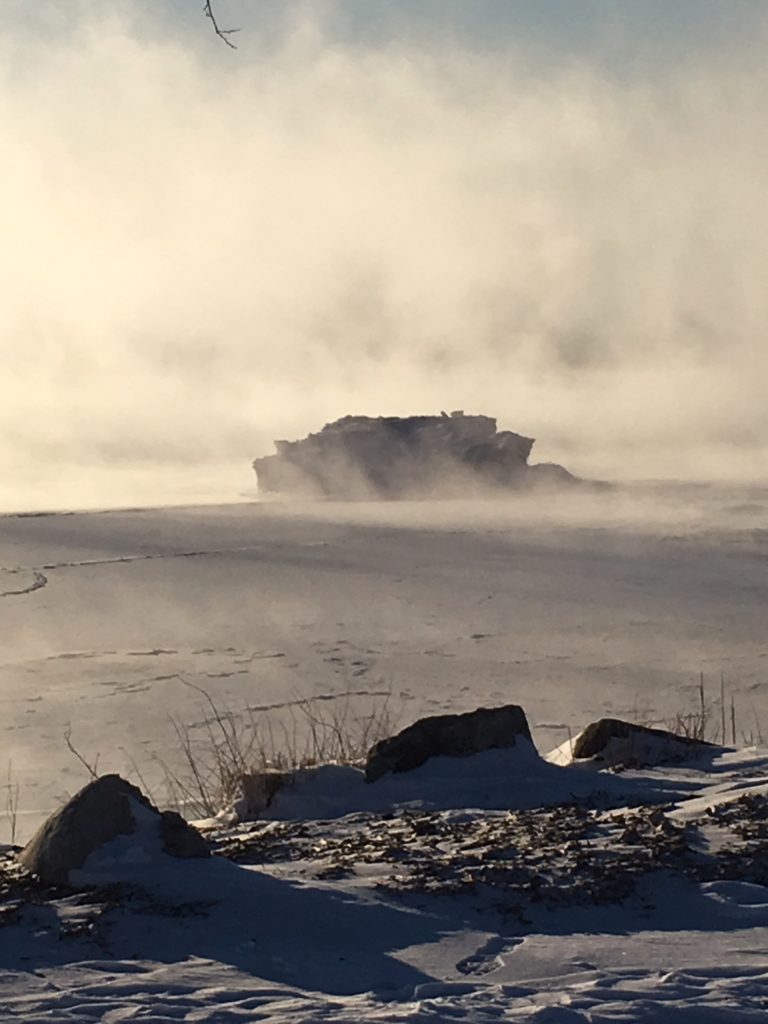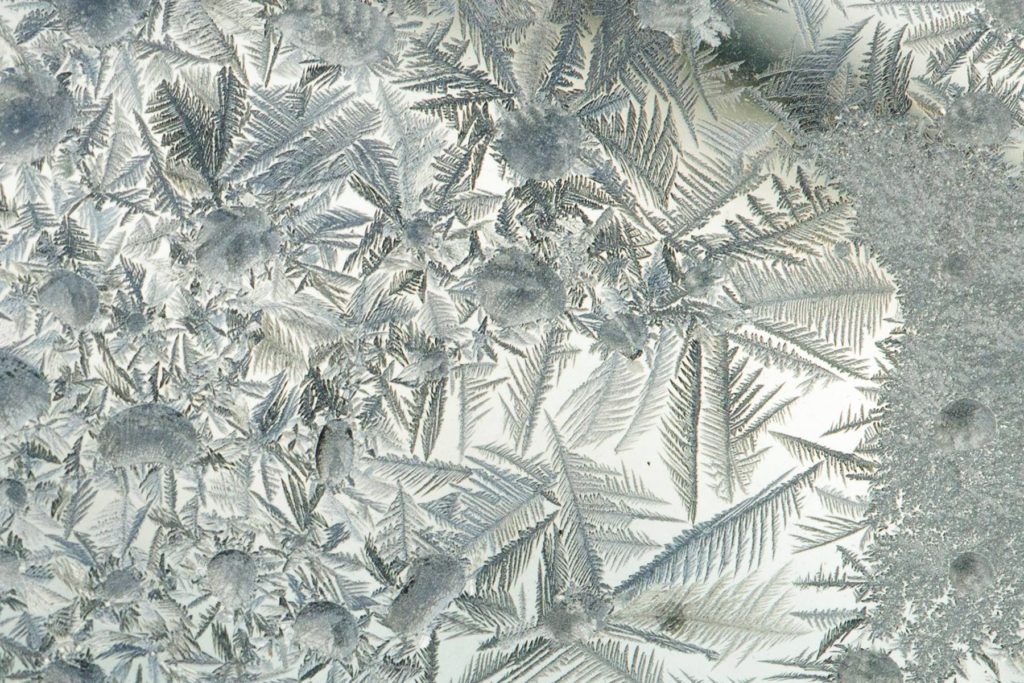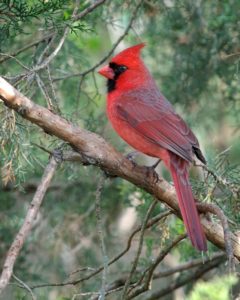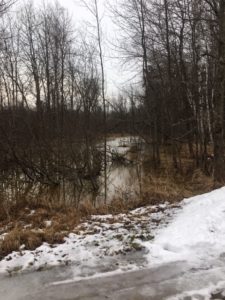There are several things associated with birds which make winter special. Among them are the appearance of snowy owls and finches from the far north during certain years, and concentrations of bald eagles along our waterways. Recently I saw three flying together along the shore at Memorial Drive on my way to work. Two of them even did some of the aerial acrobatics that they do in spring, rolling over in flight and touching talons. I thought that was pretty special, until I found out that 15 were seen together at the harbor on the same day.
To many Native Americans, both bald and golden eagles are powerful spirit animals. They symbolize power and bravery, and also balance. Having an eagle appear is considered a good sign, although it is sometimes thought that the message may be to re-examine one’s situation from a different perspective so as to find a better balance. Many other cultures have adopted the eagle, especially golden eagles, as symbols of power and bravery in battle. Golden eagles are also found in Europe and their image has decorated many country flags.
When I was in high school we had a nature club which met frequently to go bird watching after school. We visited different areas around the county- the harbor in Manitowoc, Collins Marsh, Silver Creek Park, even Woodland Dunes. Back in those days in the early 70’s, it was very uncommon to see bald eagles, their numbers were so low compared to now. The DDT that ruined so many of their eggs took decades to work itself out of our ecosystems, but when it did we found that the eagles, given a chance, were able to do pretty well. We also unknowingly helped them by encouraging new food sources, such as fish we raise and plant in Lake Michigan, and carcasses of road-killed deer as their numbers increased. Their were still places to nest without too much disturbance, and so eagle numbers increased too. Now there are several nests in Manitowoc County, a couple of which are near our preserve, so it is not uncommon to see bald eagles year round. Lately we see them perched on muskrat lodges in the marsh- I’m not sure if those are resident eagles who nest across the river, or migrant birds from the north. This time of year our osprey webcam becomes a winter wildlife cam (ospreys have migrated away a couple of months ago), and we can pan around to look for eagles and other wildlife. The video from this camera is accessible from our website.
It is interesting that people assign particular attributes to animals. As far as being warlike, I think the little chickadees that visit our feeders are as fierce, ounce for ounce, as an eagle. Like all wildlife, eagles focus their attention toward finding food and nesting. Like us, they seem to do just fine with carcasses of dead animals although they are capable of more active hunting, or fishing, when need be. They certainly raise a reaction from gulls down by the lakeshore, who spot and become agitated at the sight of eagles long before I spot the raptors. And even though probably 3,000 eagles nest again in Wisconsin, they still face challenges, especially from lead in the environment. Even a small amount in the form of lead shot in a carcass or lead sinkers on fishing line, can kill an eagle if ingested.
Not only are eagles interesting to watch, they can be very vocal. The same day I saw the eagles in the morning, I finished the day listening to a different pair at their nest calling in the fog and deep twilight. I couldn’t help but think how lucky I was to encounter these birds both at sunrise and sunset on the same day- and hope that I will continue to have that opportunity always.
photo- bald eagle from wikipedia
—
There are several things associated with birds which make winter special. Among them are the appearance of snowy owls and finches from the far north during certain years, and concentrations of bald eagles along our waterways. Recently I saw three flying together along the shore at Memorial Drive on my way to work. Two of them even did some of the aerial acrobatics that they do in spring, rolling over in flight and touching talons. I thought that was pretty special, until I found out that 15 were seen together at the harbor on the same day.
To many Native Americans, both bald and golden eagles are powerful spirit animals. They symbolize power and bravery, and also balance. Having an eagle appear is considered a good sign, although it is sometimes thought that the message may be to re-examine one’s situation from a different perspective so as to find a better balance. Many other cultures have adopted the eagle, especially golden eagles, as symbols of power and bravery in battle. Golden eagles are also found in Europe and their image has decorated many country flags.
When I was in high school we had a nature club which met frequently to go bird watching after school. We visited different areas around the county- the harbor in Manitowoc, Collins Marsh, Silver Creek Park, even Woodland Dunes. Back in those days in the early 70’s, it was very uncommon to see bald eagles, their numbers were so low compared to now. The DDT that ruined so many of their eggs took decades to work itself out of our ecosystems, but when it did we found that the eagles, given a chance, were able to do pretty well.
We also unknowingly helped them by encouraging new food sources, such as fish we raise and plant in Lake Michigan, and carcasses of road-killed deer as their numbers increased. There were still places to nest without too much disturbance, and so eagle numbers increased too. Now there are several nests in Manitowoc County, a couple of which are near our preserve, so it is not uncommon to see bald eagles year round. Lately we see them perched on muskrat lodges in the marsh. I’m not sure if they are resident eagles who nest across the river, or migrant birds from the north. This time of year our osprey webcam becomes a winter wildlife cam (ospreys have migrated away a couple of months ago), and we can pan around to look for eagles and other wildlife. The video from this camera is accessible from our website.
It is interesting that people assign particular attributes to animals. As far as being warlike, I think the little chickadees that visit our feeders are as fierce, ounce for ounce, as an eagle. Like all wildlife, eagles focus their attention toward finding food and nesting. Like us, they seem to do just fine with carcasses of dead animals although they are capable of more active hunting, or fishing, when need be. They certainly raise a reaction from gulls down by the lakeshore, who spot and become agitated at the sight of eagles long before I spot the raptors. And even though probably 3,000 eagles nest again in Wisconsin, they still face challenges, especially from lead in the environment. Even a small amount in the form of lead shot in a carcass or lead sinkers on fishing line, can kill an eagle if ingested.
Not only are eagles interesting to watch, they can be very vocal. The same day I saw the eagles in the morning, I finished the day listening to a different pair at their nest calling in the fog and deep twilight. I couldn’t help but think how lucky I was to encounter these birds both at sunrise and sunset on the same day- and hope that I will continue to have that opportunity always.
photo- bald eagle from wikipedia




